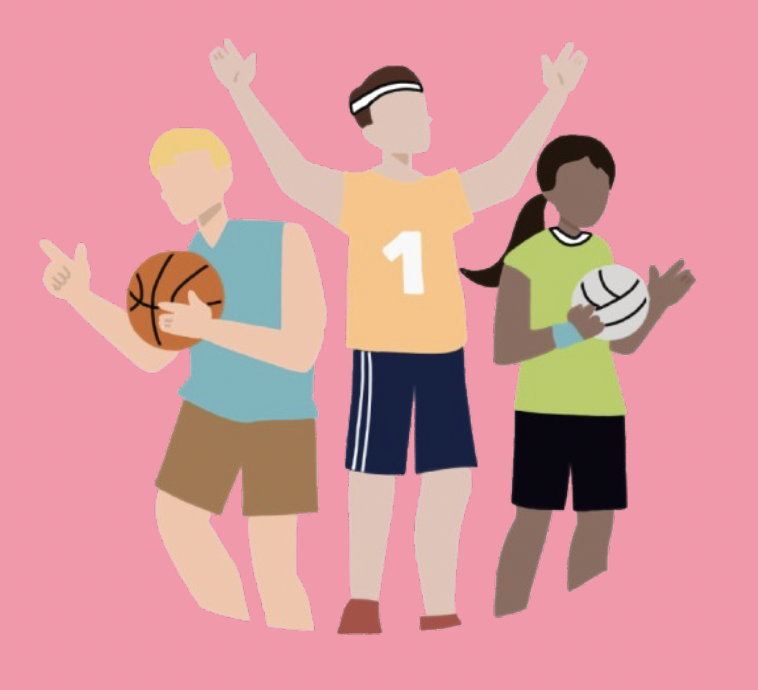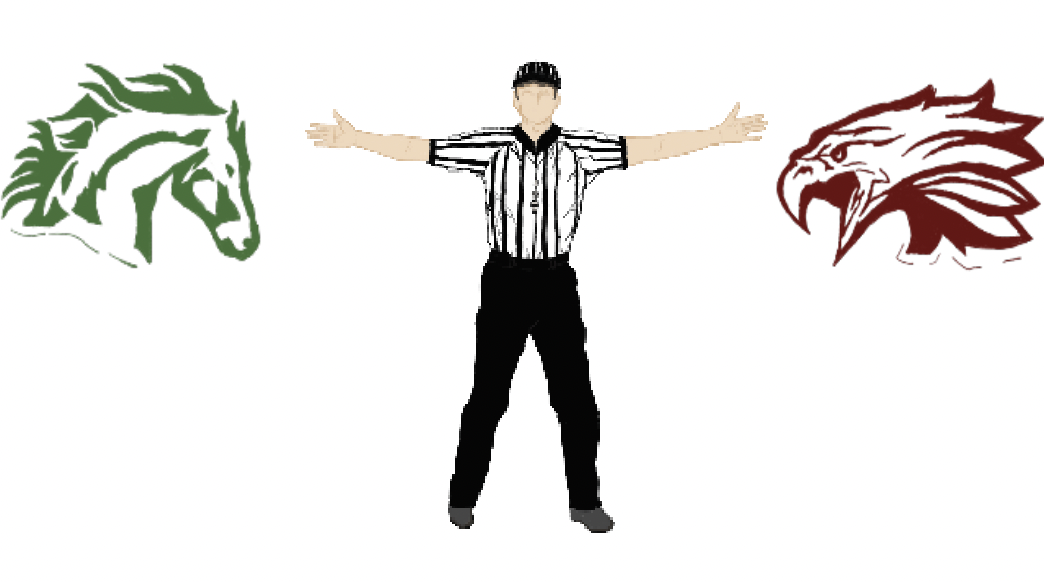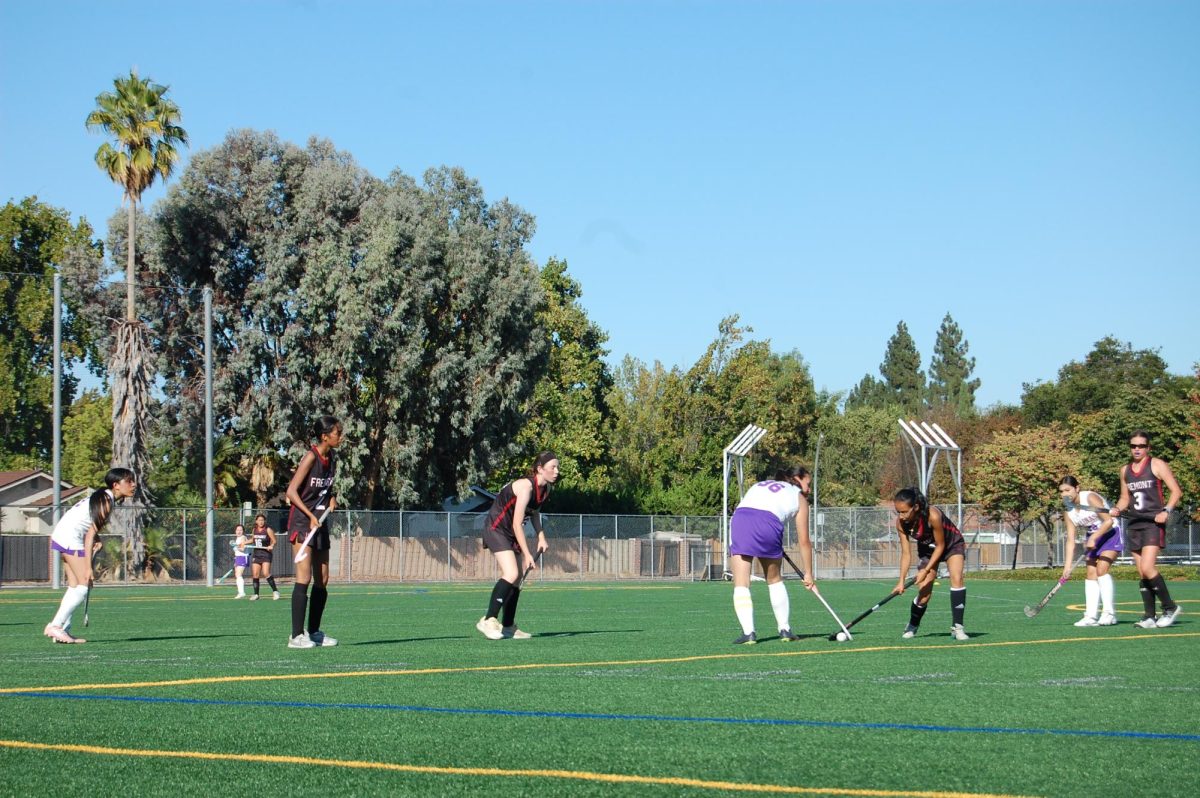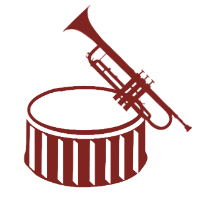It is well known that in many high schools, students face the decision of choosing between PE classes, after-school sports, or even both when it comes to fitness. However, which path offers the most value academically, socially and personally?
One of the first things students consider when choosing between PE classes and after-school sports is the amount of high school credits provided. A standard PE class contributes five credits per semester, making it a simple and straightforward way to meet the physical education requirements for graduation. On the contrary, after-school sports only give five credits per season, meaning that students will have to participate in more than one sports season if they aim to earn all their credits in one year. Despite the extra dedication towards after school sports, team sports in high school can reward students with the benefit of putting their athletic achievements in their college applications.
It is also worth noting that PE classes are mandatory during students’ freshman year, and students do not receive PE credit from sports during their first year in high school. This can lead to some students opting for after-school sports in later years, balancing their credit requirements while working towards a more personalized physical activity experience.
“I have considered going out for a school team,” FHS sophomore Danish Babar said. “Both are helpful. Sports for college, and PE for credits.”
Another important factor when deciding between PE classes and after-school sports is time management. PE classes take place during regular school hours, meaning that students will not have to take time out of their schedule to attend. This can be a great benefit for individuals juggling homework and extracurricular activities. On the other hand, after-school sports require a significant amount of commitment, including daily practices and games. Although this can feel overwhelming for some, after-school sports do teach valuable skills including teamwork, discipline and time management.
Also, PE classes are designed to accommodate students of all skill levels, offering a variety of different activities and sport units. The inclusivity of a regular PE class curriculum ensures that everyone has a chance to participate in fitness and improve their physical health even if they struggle in certain athletic fields. In contrast, after-school sports tend to be more competitive. Athletes are usually expected to have certain skills to make the team and participate in their sport. Sports practices revolve around building advanced skills and strategies specific to their sport. For students who enjoy competition and pushing themselves physically, after school-sports can be a very rewarding experience.
Lastly, even after the many ups and downs of both courses, the student’s enjoyment of each course greatly impacts which option is the best fit for them. According to ProjectPlays, 81% of students surveyed said that the main reason they wanted to play a high school sport was for fun. As for PE classes, around 71% of students enjoyed taking that course.
“I enjoy PE class because I have friends to hang out with in the class,” FHS freshman Neil Sukhtankar said. “But, I feel as if I would have more experience doing physical activity when I am in a team sport.”
Ultimately, both PE classes and after-school sports offer unique benefits. While PE provides a convenient and organized curriculum to fulfill both academic and athletic requirements, after school sports offer a chance to build deeper connections and sharpen athletic skills. The right choice depends on each student’s priorities and lifestyle.









